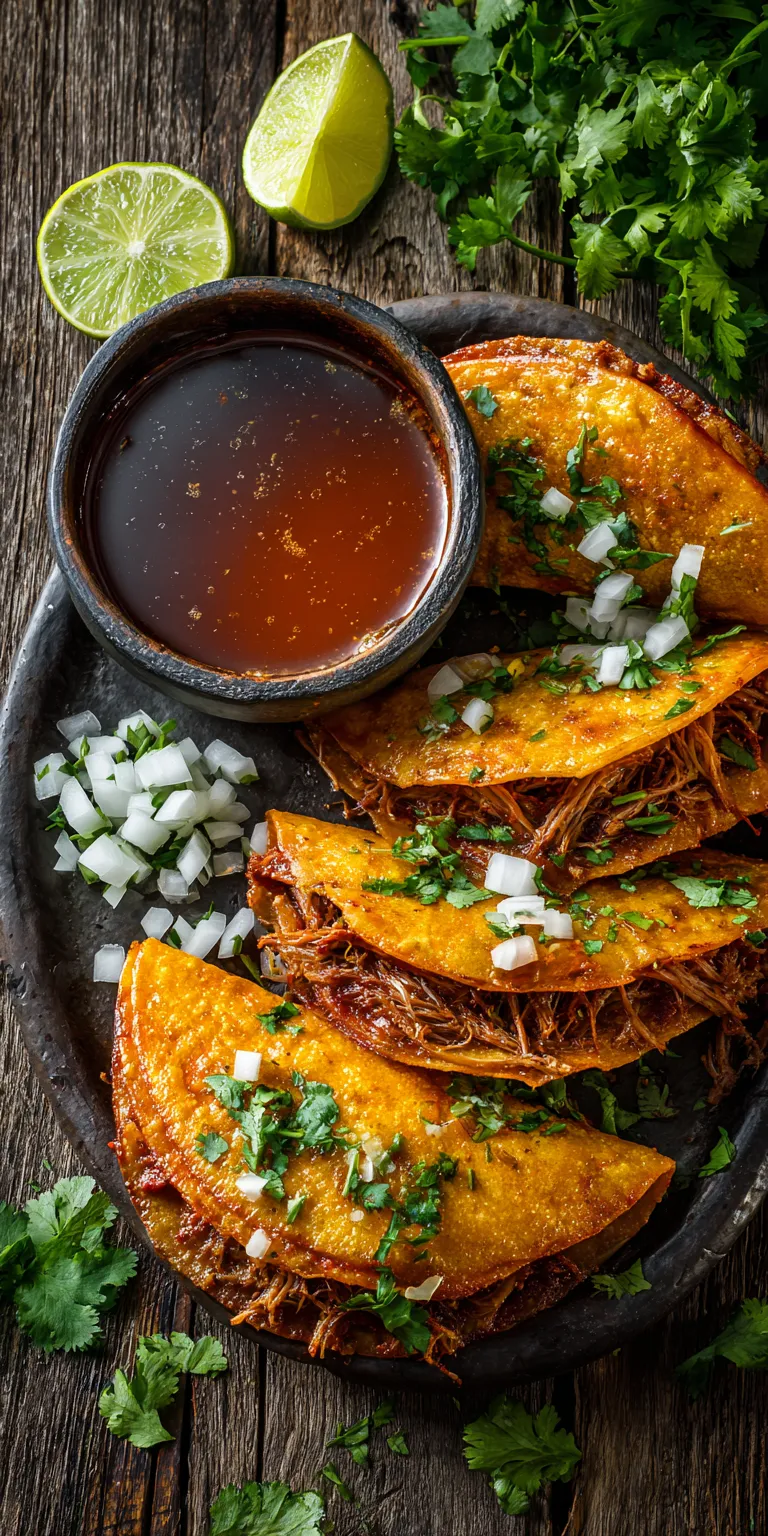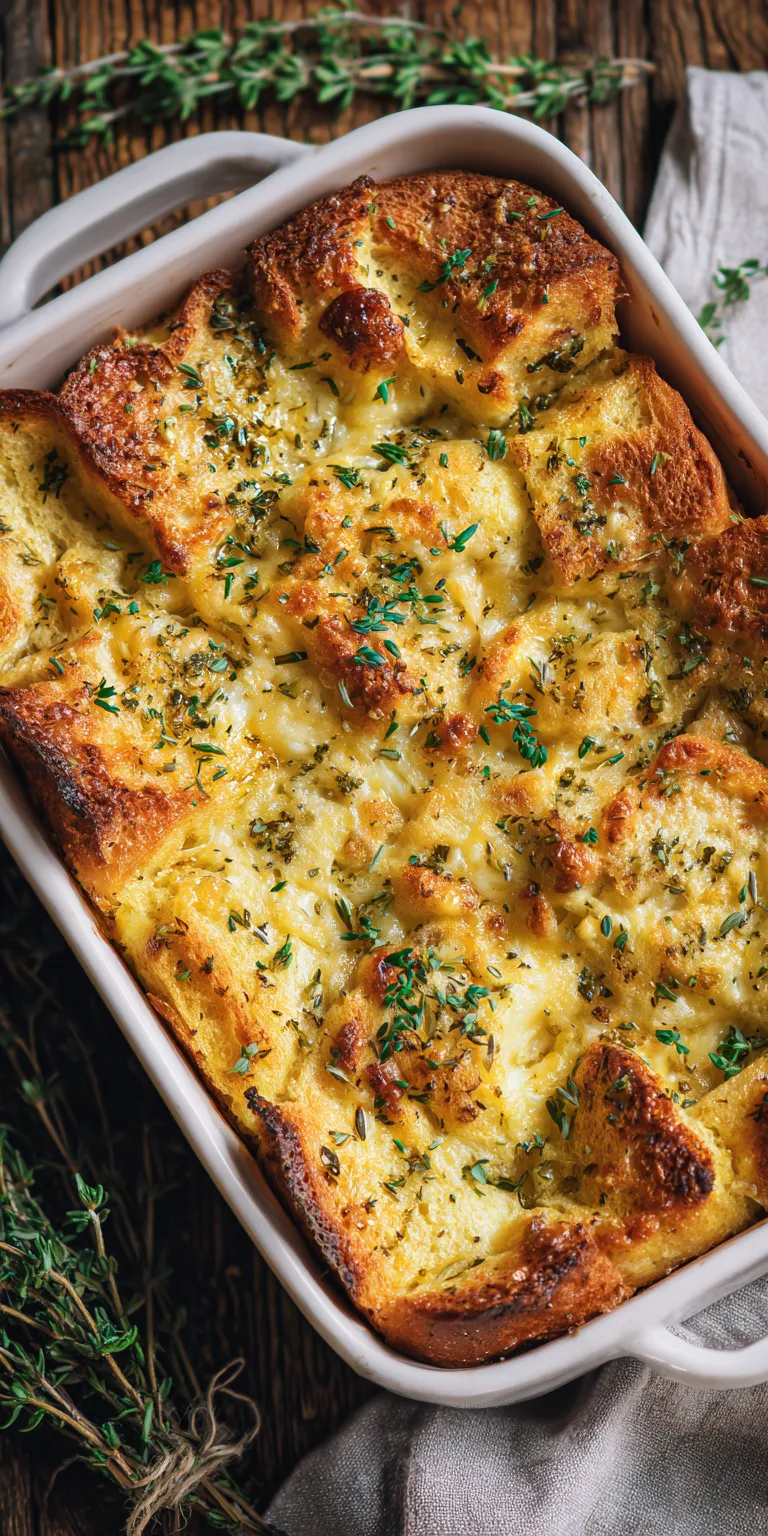Chicken stew is a traditional comfort food that brings families together around the dinner table. Made with tender chicken, hearty vegetables, and a rich, savory broth, it’s the perfect meal for any chilly evening. Whether you use chicken thighs, breast meat, or leftover rotisserie chicken, learn how to make the best homemade chicken stew recipe!
Chicken stew brings back so many wonderful memories for me. Living in New England for over a decade, I was surrounded by the most incredible comfort food traditions, and chicken stew became one of my absolute favorites. My neighbor Margaret, who grew up on a farm in Vermont, taught me her family’s secret to making the most flavorful, stick-to-your-ribs chicken stew.
About this chicken stew recipe
Since this chicken stew recipe has been passed down through generations of home cooks, I have learned to make it with complete confidence! It is truly special to make a meal from scratch that fills your home with incredible aromas and brings everyone to the table hungry and happy. Several years of perfecting this recipe have taught me the importance of browning the chicken first and building layers of flavor.
Another one of my favorite inspirations comes from classic French cooking techniques. One of the reasons this recipe works so beautifully is because we take some easy but important steps, like creating a proper roux for thickening. We love ours with plenty of hearty vegetables though!
How to make homemade chicken stew
This recipe calls for browning the chicken pieces first – because that’s where the real flavor development happens in this chicken stew! The fond that builds up on the bottom of the pot becomes the foundation for an incredibly rich and satisfying broth.
This easy chicken stew recipe uses chicken thighs instead of just breast meat. This simple choice makes all the difference in both flavor and texture. Thighs stay moist and tender during the long, slow cooking process, while breast meat can become dry and stringy.
I have also made this recipe using leftover rotisserie chicken, but the flavor won’t be quite as deep and rich. If you do use rotisserie chicken, make sure to add it during the last 15 minutes of cooking so it doesn’t fall apart completely.
The vegetables should be cut into substantial chunks so they hold their shape during cooking. Nobody wants mushy vegetables in their chicken stew! Serve it with crusty bread or fluffy biscuits for the ultimate comfort food experience.
My stew is too thin, what do I do?
Using this recipe should ensure that your chicken stew has the perfect consistency. Sometimes different cooking conditions or ingredient variations can yield a thinner stew than expected. The flour mixed with butter creates a roux that naturally thickens the liquid as it cooks.
Furthermore, simmering the stew uncovered for the final 15 minutes helps concentrate the flavors and thicken the broth naturally. If your stew is still too thin after the full cooking time, mix 2 tablespoons of cornstarch with 2 tablespoons of cold water and stir it in. Let it simmer for another 5 minutes until thickened.
Stew vs. soup vs. braise
A chicken stew has a thick, hearty consistency with just enough liquid to bring everything together. Stews are typically cooked low and slow, allowing all the flavors to meld beautifully while the proteins become fork-tender.
Chicken soup has much more liquid and a lighter consistency. The focus is on the broth, with ingredients floating in the flavorful base rather than being bound together in a thick sauce.
Braising involves cooking meat in a small amount of liquid in a covered pot. While the technique is similar to stewing, braised dishes usually have even less liquid and focus on one main protein rather than a mixture of ingredients.
Although all three cooking methods create delicious comfort foods, this particular recipe uses the stewing technique to create that perfect balance of tender chicken, hearty vegetables, and rich, thick sauce.
How do you store and reheat chicken stew
When our household has leftovers, we simply transfer the chicken stew to airtight containers and refrigerate for up to 4 days. The flavors actually improve overnight as everything continues to meld together. When reheating, add a splash of chicken broth or water if needed to loosen the consistency.
For reheating, the stovetop works best. Warm it gently over medium-low heat, stirring occasionally. You can also microwave individual portions, but stir halfway through heating to ensure even warming.
Can I freeze chicken stew?
Yes, you can! Chicken stew freezes beautifully for up to 3 months. Let it cool completely before transferring to freezer-safe containers, leaving some room at the top for expansion.
The most important thing is to thaw it slowly in the refrigerator overnight before reheating. Some of the vegetables may be slightly softer after freezing, but the flavor will still be wonderful.
Using different vegetables
Root vegetables work best in chicken stew because they hold their shape during the long cooking process. Carrots, potatoes, and onions are classic choices, but parsnips, turnips, or sweet potatoes make excellent additions.
You can add quicker-cooking vegetables like peas or green beans during the last 10 minutes of cooking. About 2 cups of mixed vegetables per batch gives you the perfect vegetable-to-chicken ratio.
CHICKEN STEW
Cuisine: American
Category: Main Dish
Prep Time: 20 minutes
Cook Time: 1 hour 15 minutes
Total Time: 1 hour 35 minutes
Serves: 6-8 people
INGREDIENTS
Chicken and Base
- 3 pounds bone-in chicken thighs, skin removed
- 3 tablespoons all-purpose flour
- 2 tablespoons olive oil
- 2 tablespoons butter
- 1 large yellow onion, diced
- 3 cloves garlic, minced
- 4 cups low-sodium chicken broth
- 2 bay leaves
- 1 teaspoon dried thyme
- 1 teaspoon salt
- ½ teaspoon black pepper
Vegetables
- 4 medium carrots, cut into 1-inch pieces
- 4 medium red potatoes, cut into chunks
- 2 celery stalks, sliced
- 1 cup frozen peas
- 2 tablespoons fresh parsley, chopped
PREPARATION
- Season and dredge chicken by patting thighs dry and seasoning with salt and pepper, then dredging in flour, shaking off excess.
- Brown the chicken by heating oil in a large Dutch oven over medium-high heat and browning chicken pieces on both sides, about 8 minutes total. Remove and set aside.
- Create the base by adding butter to the same pot and sautéing onions until softened, about 5 minutes. Add garlic and cook 1 minute more.
- Build the stew by returning chicken to pot, adding broth, bay leaves, thyme, carrots, potatoes, and celery. Bring to a boil.
- Simmer covered for 45 minutes until chicken is fork-tender and vegetables are cooked through.
- Shred chicken by removing chicken pieces, discarding bones, and shredding meat into bite-sized pieces. Return to pot.
- Final touches by adding peas and simmering uncovered for 10 minutes until stew thickens. Remove bay leaves and stir in fresh parsley.
- Taste and adjust seasoning with salt and pepper as needed before serving hot.
NUTRITION INFORMATION
- 320 calories per serving
- 28g protein per serving
- 25g carbs per serving
- 12g fat per serving
- 4g fiber per serving
Recipe tips and variations
The key to incredible chicken stew is patience and proper browning. Don’t skip the step of browning the chicken – it creates the foundation for deep, rich flavor that makes this stew special.
Different herbs can completely change the flavor profile. Try fresh rosemary and sage for an earthier taste, or add a splash of white wine when sautéing the onions for extra depth.
Make sure your vegetables are cut into uniform sizes so they cook evenly. Nobody wants some mushy carrots while others are still crunchy.
Storage and serving suggestions
Chicken stew tastes even better the next day after all the flavors have had time to meld together. Store leftovers in the refrigerator and gently reheat on the stovetop, adding a little extra broth if needed.
This stew pairs beautifully with crusty bread, buttermilk biscuits, or even over rice or egg noodles for a heartier meal. A simple green salad helps balance the richness.
FREQUENTLY ASKED QUESTIONS
How do I keep my chicken from getting tough in the stew?
The key to tender chicken stew is using bone-in thighs instead of breast meat and cooking low and slow. Thighs have more fat and connective tissue that breaks down during cooking, keeping the meat moist and flavorful. Don’t rush the cooking process.
Can I make chicken stew in a slow cooker?
Yes! Brown the chicken and sauté the aromatics first, then transfer everything to your slow cooker. Cook on low for 6-7 hours or high for 3-4 hours. The chicken stew will be incredibly tender and flavorful with this method.
What’s the best way to thicken thin chicken stew?
If your chicken stew is too thin, mix 2 tablespoons cornstarch with 2 tablespoons cold water to create a slurry. Stir this into the simmering stew and cook for 5 minutes until thickened. You can also simmer uncovered for 15-20 minutes to reduce the liquid naturally.
How long does homemade chicken stew last in the refrigerator?
Properly stored chicken stew will keep in the refrigerator for up to 4 days in airtight containers. The flavors actually improve after the first day as everything continues to meld together. Always reheat thoroughly before serving.
Can I add dumplings to my chicken stew?
Absolutely! Chicken stew with dumplings is a classic combination. Add drop dumplings during the last 20 minutes of cooking time. Just make sure not to lift the lid while they’re cooking or they won’t rise properly.
This chicken stew has become our family’s go-to comfort food because it transforms simple ingredients into something truly special. The rich, savory broth and tender chicken create the perfect meal for cold evenings when you want something that feels like a warm hug in a bowl.
Share your cozy cooking results on my Facebook page – I love seeing your chicken stew creations! Tag me @OlyviaBestRecipes on Pinterest when you make this comforting recipe!
Author: Olyvia T.


